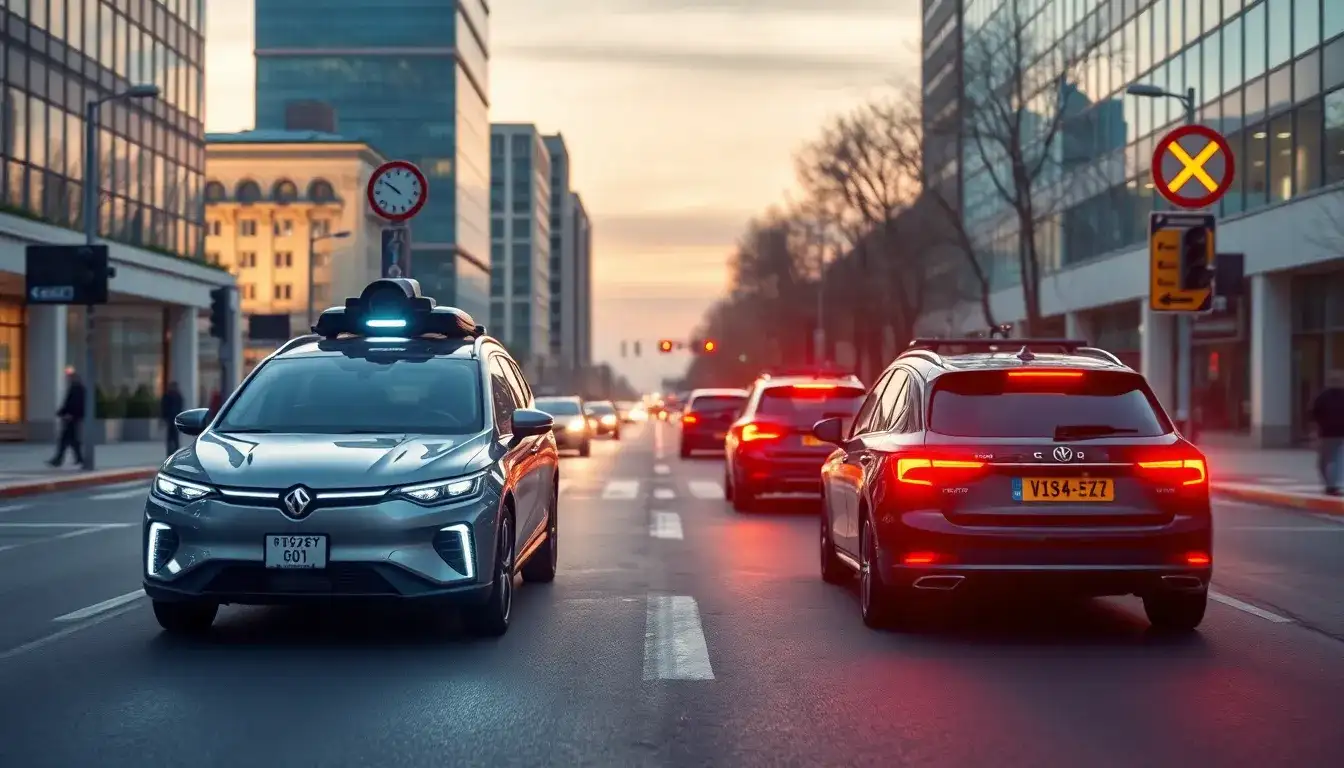
The concept of “capability” versus “incapability” has been a hot topic in the current automotive market, which is undergoing rapid development. The demand for vehicles equipped with advanced features is increasing, leading to a growing emphasis on integrating new energy sources and smart technologies into automotive design and manufacturing.
On April 1, 2025, China’s automotive market is expected to witness significant shifts as smart vehicle technology evolves. Experts predict a marked increase in demand for vehicles that harness advanced capabilities, driven by consumer preferences for enhanced safety and efficiency. With the rise of smart networks and connected vehicles, manufacturers are adapting their products to meet these expectations.
As of March 5, a new version of the second-generation vehicle model, the PLUS Smart version, has been introduced. This model features advanced driving assistance systems (ADAS) and is priced between 115,800 to 145,800 RMB. The model’s specifications indicate a strong focus on integrating high-level smart capabilities, with plans to launch multiple variants aiming at different consumer needs.
By 2025, it is projected that the market for smart vehicles will reach around 3 million units. This growth is attributed to the increasing adoption of high-performance smart driving technologies, which are becoming mainstream in vehicle offerings. A notable trend is the shift towards electric and hybrid vehicles, which are gaining popularity alongside traditional fuel-powered cars. The automotive industry is responding by enhancing their smart vehicle capabilities, focusing on user-friendly interfaces and autonomous driving technologies.
In 2024, the total number of electric vehicles sold in China is estimated to reach approximately 2.289 million units, reflecting a year-on-year increase of 5.5%. This trend aligns with the country’s commitment to promoting sustainable transportation solutions. The government has set ambitious goals to increase the share of smart vehicles in urban transportation by 2026, aiming for widespread adoption of autonomous driving technologies.
However, the transition to smart vehicles is not without its challenges. Issues such as regulatory frameworks, consumer acceptance, and the need for robust safety measures remain paramount. The automotive sector is urged to ensure that new technologies are not only innovative but also safe and reliable for everyday use. Greater emphasis on testing and validation of smart features is crucial to gain consumer trust and facilitate a smooth transition to advanced mobility solutions.
As the industry progresses, significant investments in research, development, and infrastructure will be necessary to support the growth of smart vehicle technologies. Collaborative efforts among manufacturers, governments, and technology providers will be essential to achieve these objectives. The future of the automotive industry hinges on the successful integration of smart technologies, and stakeholders are encouraged to embrace these advancements responsibly.
In conclusion, the push towards smart capabilities in vehicles represents a transformative phase in the automotive industry. By 2025, the focus on smart, efficient, and user-friendly vehicles is expected to reshape the market, making it imperative for manufacturers to adapt and innovate continuously.







